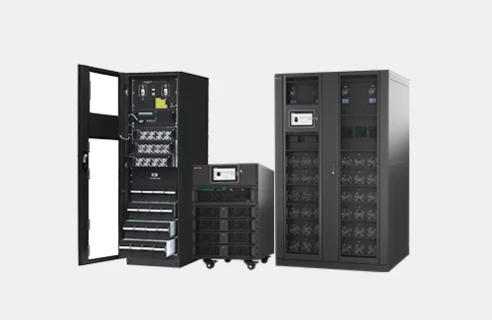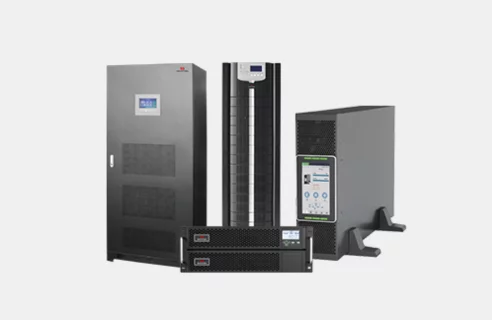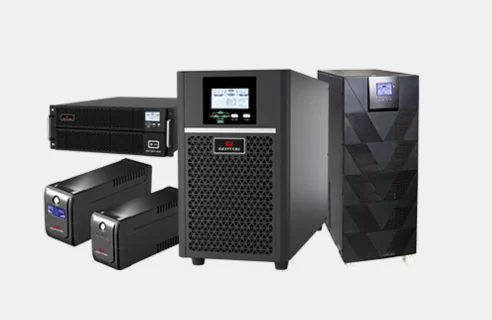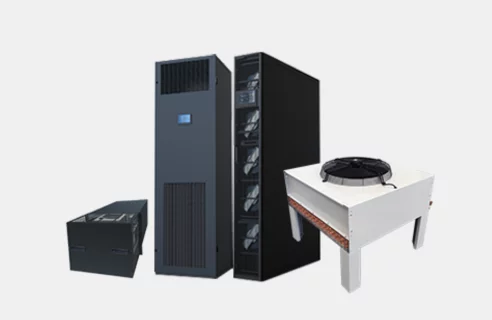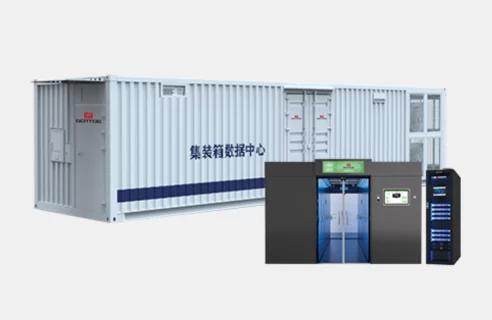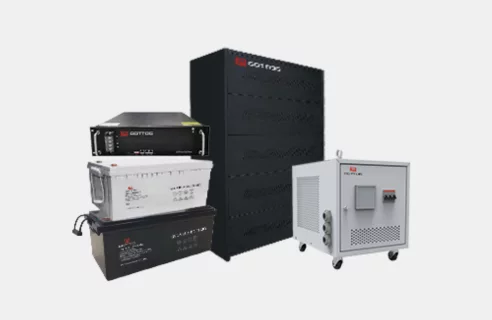In the engine room of the digital economy—data centers—even a second of downtime can result in customer churn, revenue loss, and erosion of brand trust. According to the 2024 Uptime Institute report, 54% of major outages stem from failures in on-site power distribution systems, highlighting how traditional power architectures are no longer equipped to meet the dual challenges of stability and flexibility.
This article provides a systematic breakdown of the core pillars of power protection for modern data centers, including UPS systems, backup generators, intelligent power distribution, and real-time monitoring. It also introduces the modular data center architecture, explaining how prefabrication, integration, and AI-driven operations improve power resilience—delivering high availability, efficiency, and sustainability. Whether you’re building an edge node, retrofitting a legacy facility, or deploying a disaster recovery system, this guide offers actionable and forward-thinking insights.
01. Why Power Resilience Is Now a Data Center Imperative
Today, data centers are no longer just storage and computing hubs—they are the backbone of enterprise continuity and digital innovation. Downtime has far-reaching consequences far beyond technical disruption.
- 54% of major outages are caused by on-site power distribution failures (Uptime Institute, 2024)
- 47% of data centers still rely on facilities over 10 years old
- 20% of outages result in direct financial losses exceeding $1 million

Key contributing factors include:
- Aging electrical infrastructure: Outdated switchgear, UPS, and busways cause connection failure and load imbalances.
- Extreme weather events: Natural disasters can cause prolonged power loss, such as Jakarta’s 12-day blackout in 2013.
- Volatile renewable energy: Wind and solar cause inconsistent loads and increase pressure on backup systems.
- Human error: 39% of outages are due to misconfiguration, inadequate maintenance, or faulty switching procedures.
02. The Real Cost of Power Outages
Power failures are often treated reactively, but the consequences are significant:
- Data loss: Corrupted or irrecoverable databases from abrupt shutdowns.
- Hardware damage: Voltage spikes damaging critical servers and electronics.
- Operational disruption: Mission-critical systems like ERP, dispatch, and monitoring go offline.
- SLA violations: Cloud and colocation contracts may incur financial penalties.
- Loss of customer trust: In sectors like finance and healthcare, downtime has long-term brand consequences.
Example: An e-commerce platform facing a one-hour outage could suffer halted order systems, frozen logistics, and overloaded customer service—resulting in millions in lost sales.
03. The Four Pillars of Data Center Power Protection
A. Uninterruptible Power Supply (UPS) Systems
- Static UPS: Uses IGBT technology to switch in under 10ms; ideal for sensitive loads. Often combined with lithium-ion batteries.
- Dynamic Rotary UPS (DRUPS): Flywheel and diesel generator system with no transfer delay. Suitable for financial, telecom, and large enterprise nodes.
- AI-Driven Battery Management System (BMS): Enables real-time health prediction, thermal analysis, and integration with EMS for autonomous dispatch.
B. Backup Generator Systems
- Diesel, Gas, or Hybrid: Indoor or containerized designs, with 24–72 hour runtime and renewable energy compatibility.
- Critical Configurations: ATS switches load in under 10 seconds; remote load testing ensures full-time availability.
C. Intelligent Power Distribution & Monitoring
- PDUs and Busways: Provide load balancing, power cycling, and overload protection; optimize three-phase distribution.
- AI-Powered Monitoring: Monitors current, voltage, power factor, and temperature with predictive analytics to detect branch-level anomalies 48 hours in advance.
04. Modular Data Centers: Designed for Power Resilience
Modular data centers (MDCs) enhance power resilience while offering flexibility and space efficiency. Here’s how modularity aligns with electrical reliability:
| Modular Feature | Power Protection Advantage |
|---|---|
| Standardized unit construction | Each module includes its own UPS and PDU—built-in fault isolation |
| Prefabricated power modules | Reduces deployment time by 50%; eliminates onsite wiring errors |
| Scalable design | Supports seamless IT load expansion without redesigning power distribution |
| AI-enabled environment control | Centralized monitoring of load, temperature, and battery state reduces O&M costs |
| High-density cabling support | Ideal for next-gen GPU clusters and liquid cooling applications |
Modular systems are particularly well-suited for edge data centers, utility campuses, and industrial zones.

Modular UPS offers flexible scalability, allowing power modules to be added or removed to match load demands.
05. GOTTOGPOWER: Your Strategic Partner in Power Resilience
GOTTOGPOWER delivers tailored end-to-end power resilience solutions across the globe. From early-stage consultation to post-deployment diagnostics, our integrated expertise ensures that your infrastructure remains always-on, secure, and future-ready.
Our comprehensive services include:
- Full-cycle power system consulting and capacity planning
- Integrated deployment of modular UPS, generator enclosures, and prefabricated power rooms
- Smart PDU development and advanced power telemetry platforms
- 24/7 NOC monitoring with AI-powered failure prediction
- Multi-site disaster recovery and business continuity planning
At GOTTOGPOWER, we believe the future of digital infrastructure depends on scalable, sustainable uptime—and we’re committed to building it with you.
06. Conclusion: Power Protection is a Design Challenge
Power is more than an input—it’s a design cornerstone. With modular data centers, AI-powered monitoring, and multi-layered backup strategies, today’s power architecture must evolve to ensure uninterrupted operation and scalable growth.
- Modular designs provide replicable, scalable protection
- AI platforms optimize O&M and reduce error rates
- Layered protection ensures high availability and zero data loss
Contact us today to start building your power resilience strategy.
Contact us at info@gottogpower.com or message us via WhatsApp.

